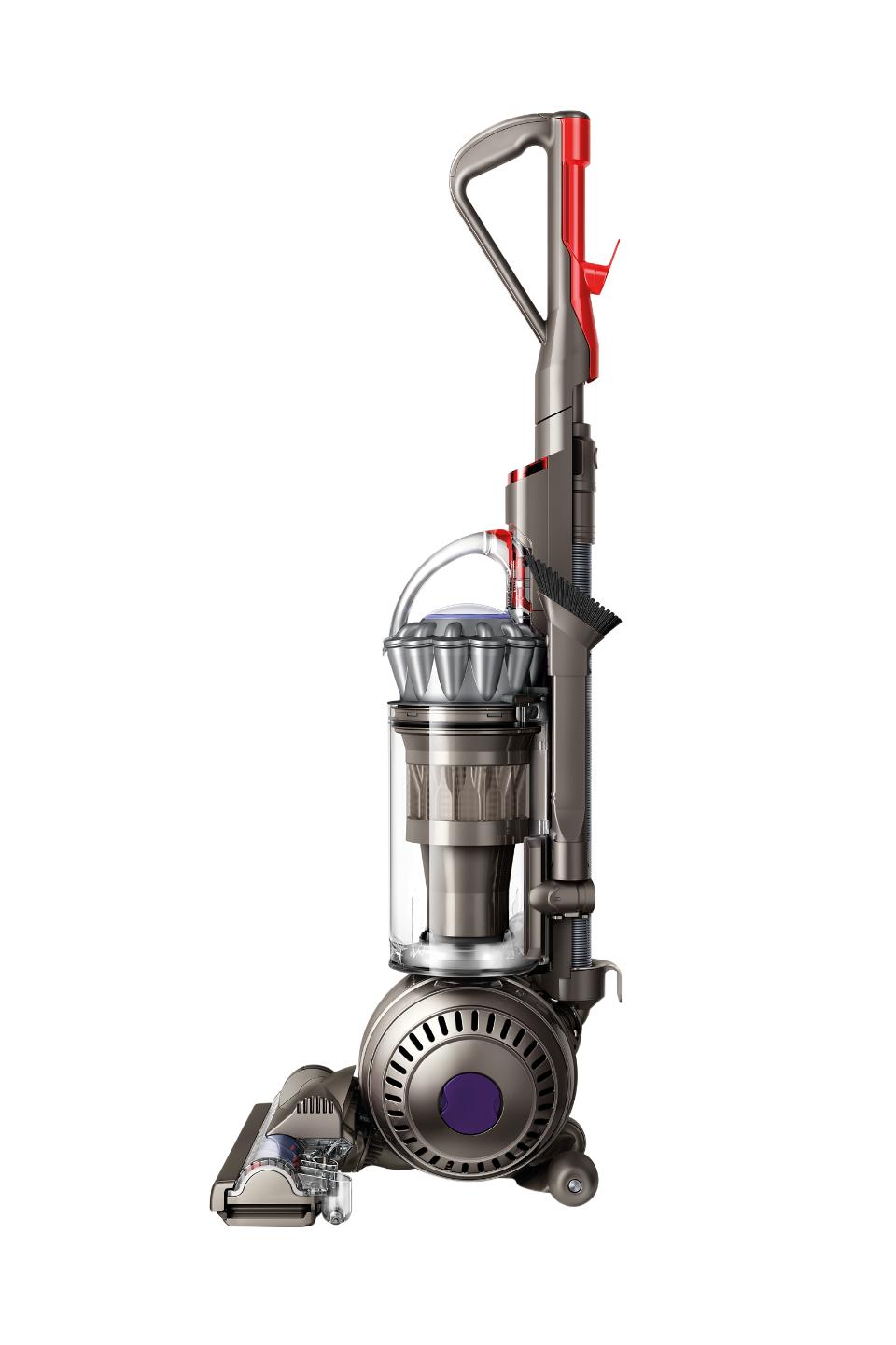HART 20-Volt Cordless Stick Vacuum, (1) 4.0 Ah Lithium-Ion Battery
Equipped with Cyclonic Technology. The 2-mode setting for a variety of cleaning applications. Removable handheld vacuum offers easy above-floor cleaning. Integrated LED lights for hard-to-see debris. 2-in-1 storage option. Works with all HART 20V Batteries.
Vacuum, charge, repeat. It is that simple with HART’s 20V Cordless Stick Vacuum. With up to 40 minutes of runtime, this cordless stick vacuum easily cleans carpets, rugs, and hard floor surfaces. Equipped with Cyclonic Technology, the HART 20V Cordless Stick Vacuum suffers no suction loss with improved filter life for longer peak performance. Featuring a wide floor head design for quicker cleaning and easier pick up of large debris. It lays flat, so you can reach way underneath the couch where a lot of debris hides out. Clean between the couch cushions or the bookshelf with the included crevice tool and dust brush. Vacuuming on delicate area rugs? Turn off the roller bar and/or switch between high/low mode with the push of a button. For that hard-to-see dirt, the integrated LED lights on the floor head help you see what you might otherwise miss and the bristles with antimicrobial protection lift embedded debris to get the best clean. In addition to a large, easy-to-empty, and easy-to-remove dust cup, the washable filter traps over 99.9% of dust and allergen matter with no suction loss. Keep your vacuum and accessories clutter-free with the included wall mount and battery dock that also provides a space to conveniently charge the battery after use. Just plug the included HART 20V 4Ah battery in and when the LED light flashes, your battery is charging, and when it is solid, it is fully charged. The HART 20V battery system allows you to interchange the same battery between all 20V HART products. It powers all HART 20V tools, outdoor equipment, automotive, and lifestyle items. Includes (1) Cordless Stick Vacuum, (1) floor head, (1) extension wand, (1) crevice tool, (1) dust brush, (1) wall mount, (1) 4.0 Ah lithium-ion battery, (1) charger and operator’s manuals.
- Equipped with Cyclonic Technology
- The 2-mode setting for a variety of cleaning applications
- Removable handheld vacuum offers easy above-floor cleaning
- Integrated LED lights for hard-to-see debris
- 2-in-1 storage option
- Works with all HART 20V Batteries
Additional information
| Manufacturer Part Number | HPSV50B |
|---|---|
| Model | HPSV50B |
| Assembled Product Dimensions (L x W x H) | 11.00 x 28.00 x 7.00 Inches |






by Keisha
Great vacuum, but broke after 1 month. I never installed the holder for the vacuum and it kept dropping because of the weight and eventually broke to the point that the extensions can’t attach. will definitely reorder but install the holder
by Peach
FABULOUS!!! I love this vacuum. Power lasts much longer than most when vacuuming. I was hesitant to purchase because I was not familiar with the brand. It is fabulous!! I highly recommend this vacuum. The only thing I wish was bigger is the container for the dust and dirt. I have 4 fuzzy cats!!! You will be happy with this vacuum. Highly recommend.
by Steve
This stick is much powerful than my higher priced brand name one I have.
by Joolee
It was time to get a new vacuum cleaner and I’m so glad that picked this one! My floors look spotless after vacuuming them! Thank you.